The View from The End
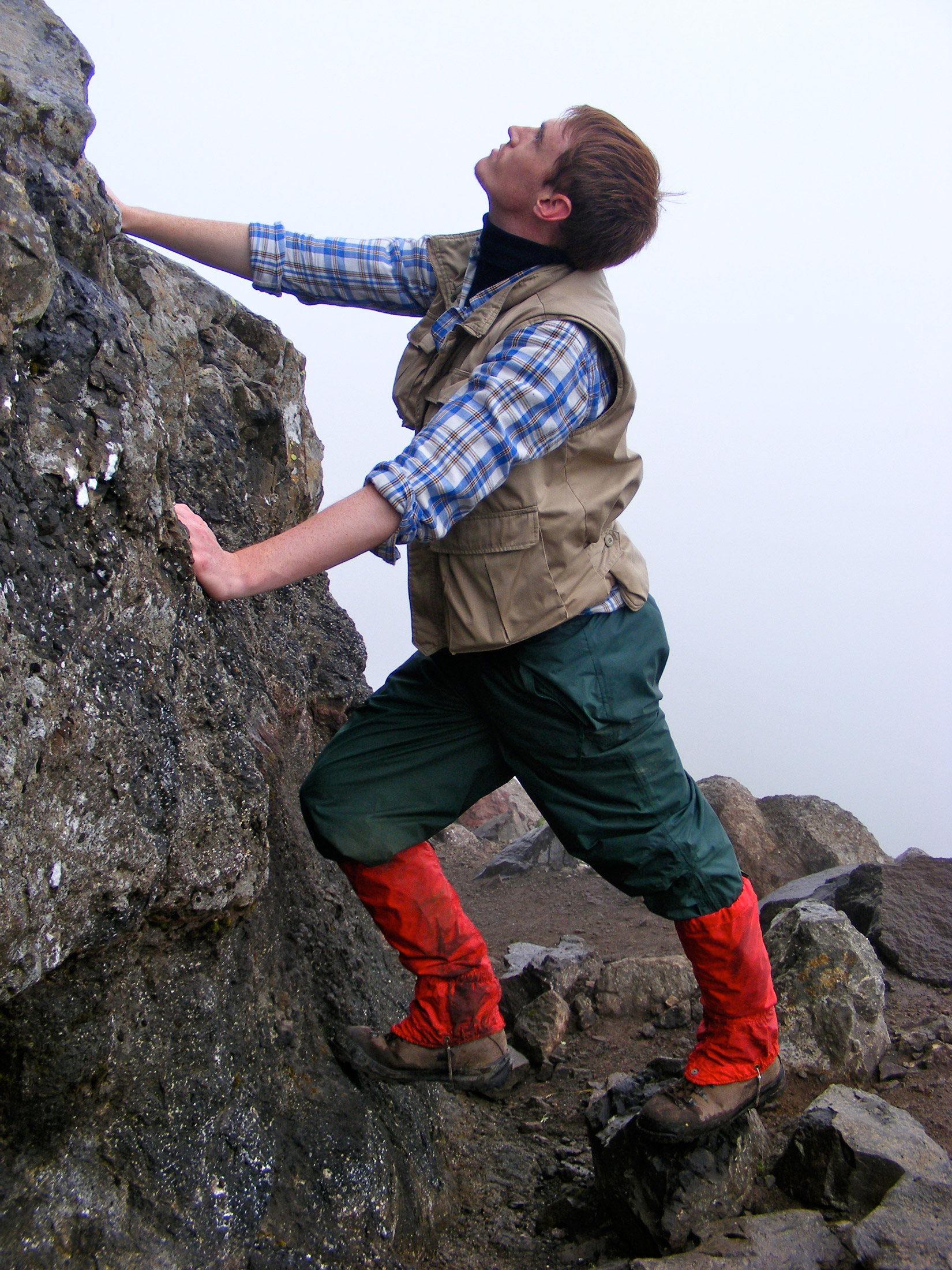
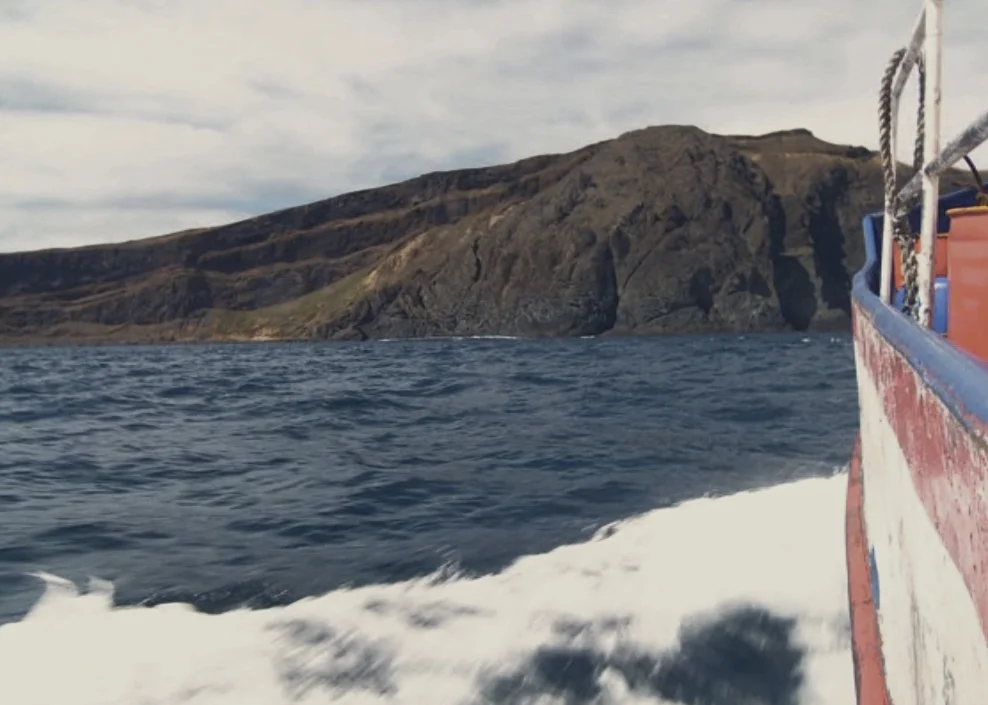
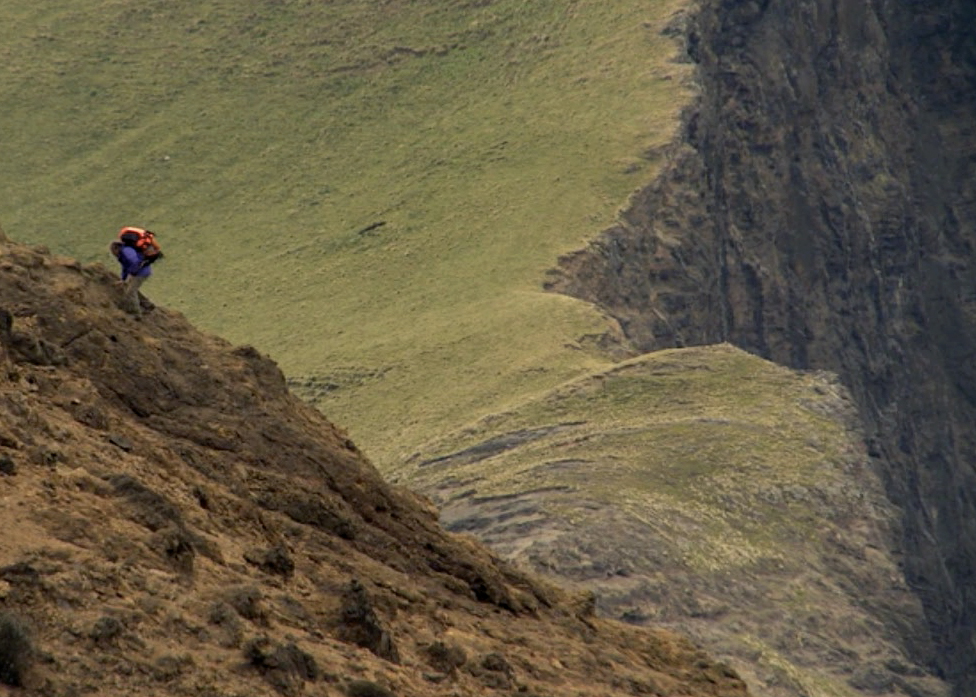
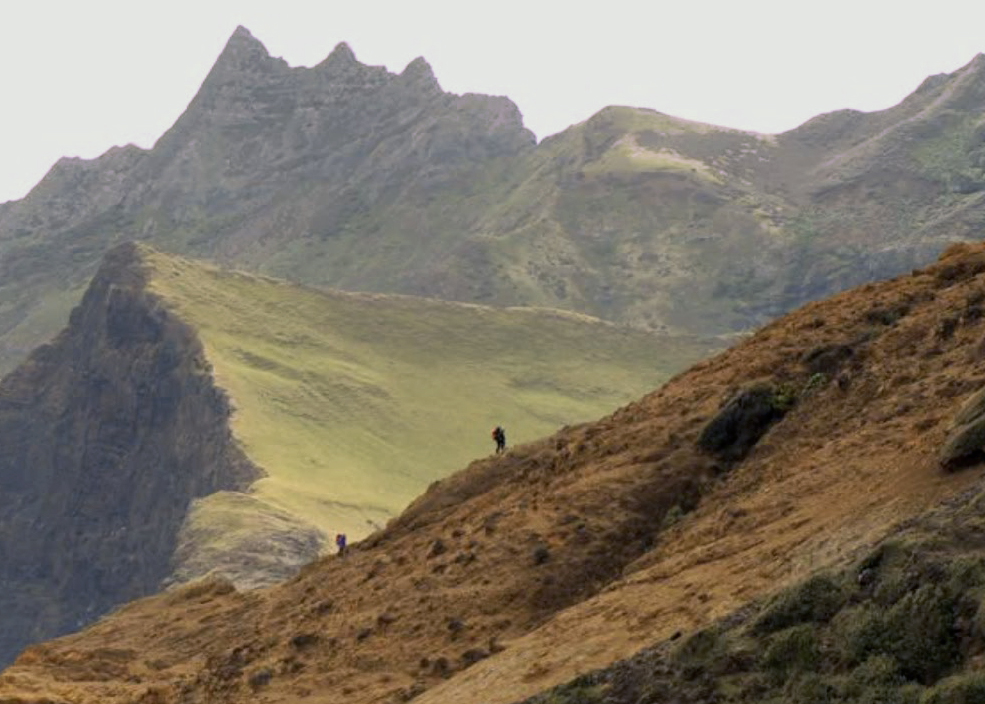
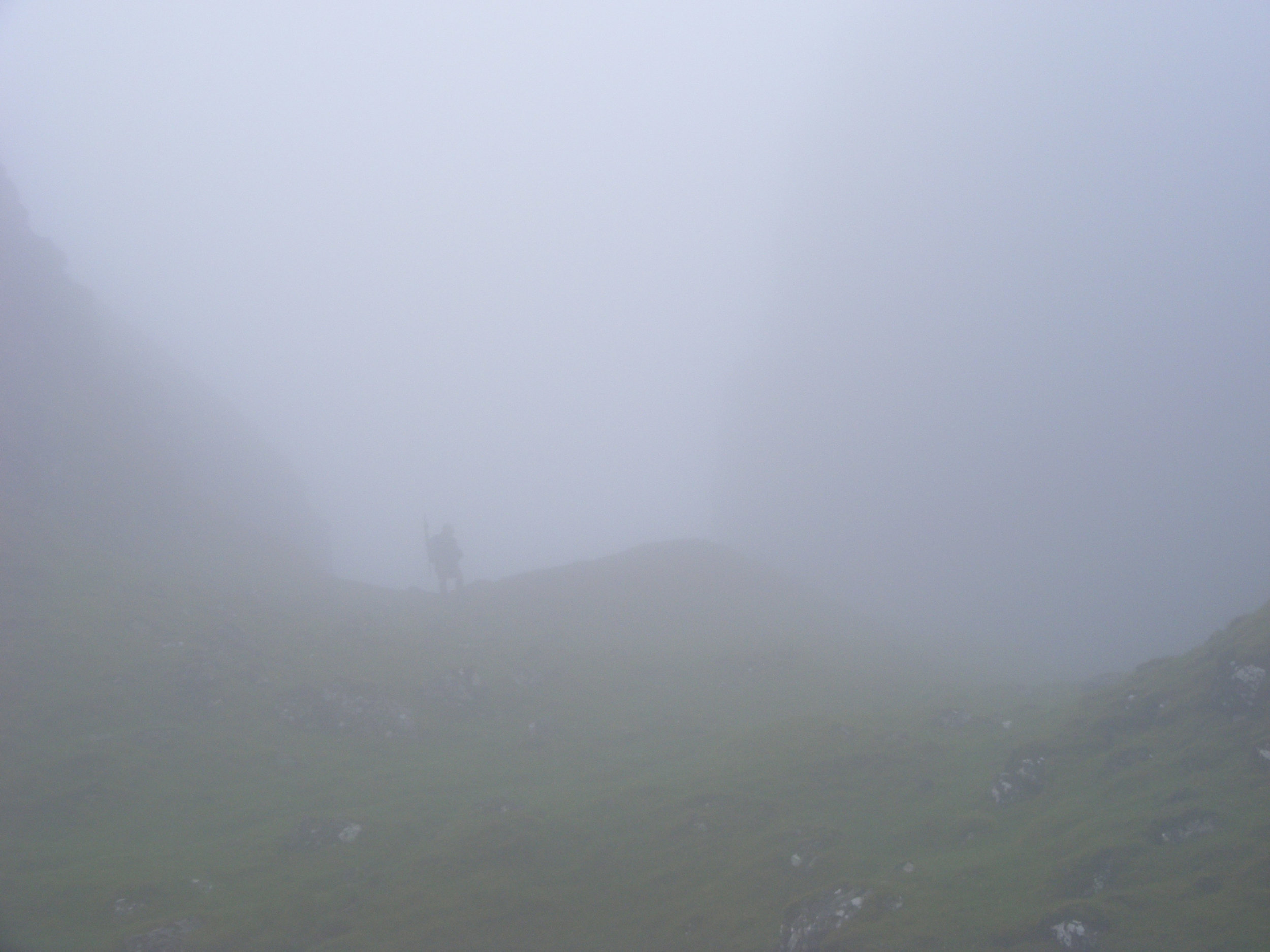
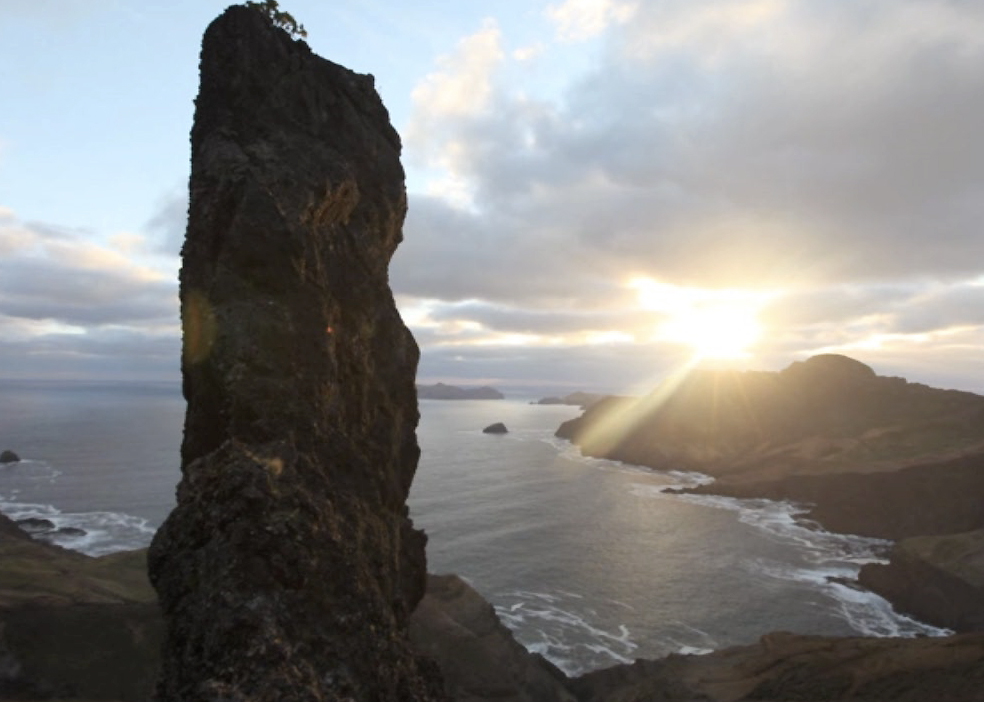

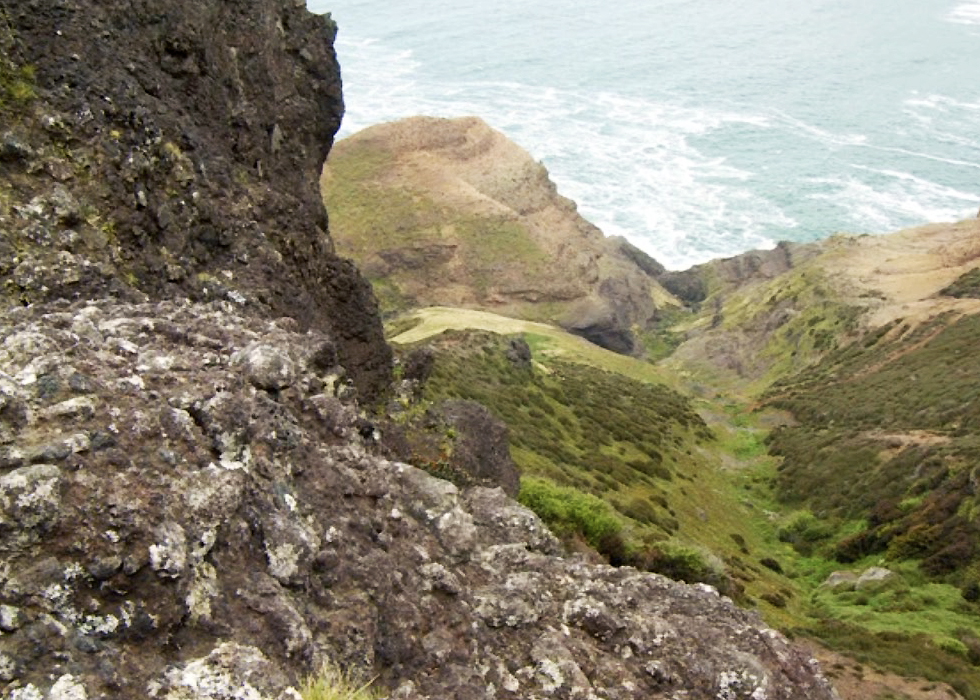
Expedition to Robinson Crusoe Island to witness one of the final Solar Eclipses of the Great Mayan Calendar, 2010
In 1996 a Canadian Archaeoastronomer was exploring the south side of the remote Robinson Crusoe Island – part of the Juan Fernandez Archipelago, that lies almost 700km off the coast of Chile – where on a volcanic ridge looking out over the ocean, he stumbled upon a 150-foot megalithic rock formation. This towering rock instantly bore an uncanny resemblance to the face of the Mayan Sun God, with whom the trained archaeologist was only too familiar. Following a period of research, he discovered that this landmark designates the only vantage point in the Western hemisphere where it was possible to witness two of the most important astronomical events in the Great Mayan Calendar; the transit of Venus across the Sun on June 6th 2012, and a total solar eclipse on November 13th 2012. Both of these events fell on sacred Ahau days of the Mayan Calendar, and 40 days following the final eclipse, the Calendar came to an end on the final Ahau day, 23rd December 2012.
It was on this date, that many people believed the world as we know it would end, resulting in either the catastrophic finale of man's existence on Earth, or a spiritual transformation into a new age of enlightenment (the word 'apocalypse' being derived from the Greek 'apokalypsis', meaning a revelation or 'lifting of the veil'). This prediction originated from the Mesoamerican creationist text, the Popul Vuh, which outlines how each era spans a period of 5,125 years, and that on 23rd December 2012, that particular era would come to an end.
The Archaeoastronomer's hypothesis was that the Mayan Emperor Chan Bahlum (635 - 702 AD) travelled thousands of miles from Palenque – situated in modern-day Mexico – to Robinson Crusoe Island in order to carve this monument as a landmark from where one could witness the planetary alignments. The temples and carvings that were completed during his reign at Palenque are even said to hold clues that point towards the Island's location and significance.
After meeting the Archaeoastronomer online, we eventually engaged in weeks of conversation via email. He eventually invited me to travel to the Island with him in 2010, to witness a partial solar eclipse from the vantage point of the monument.